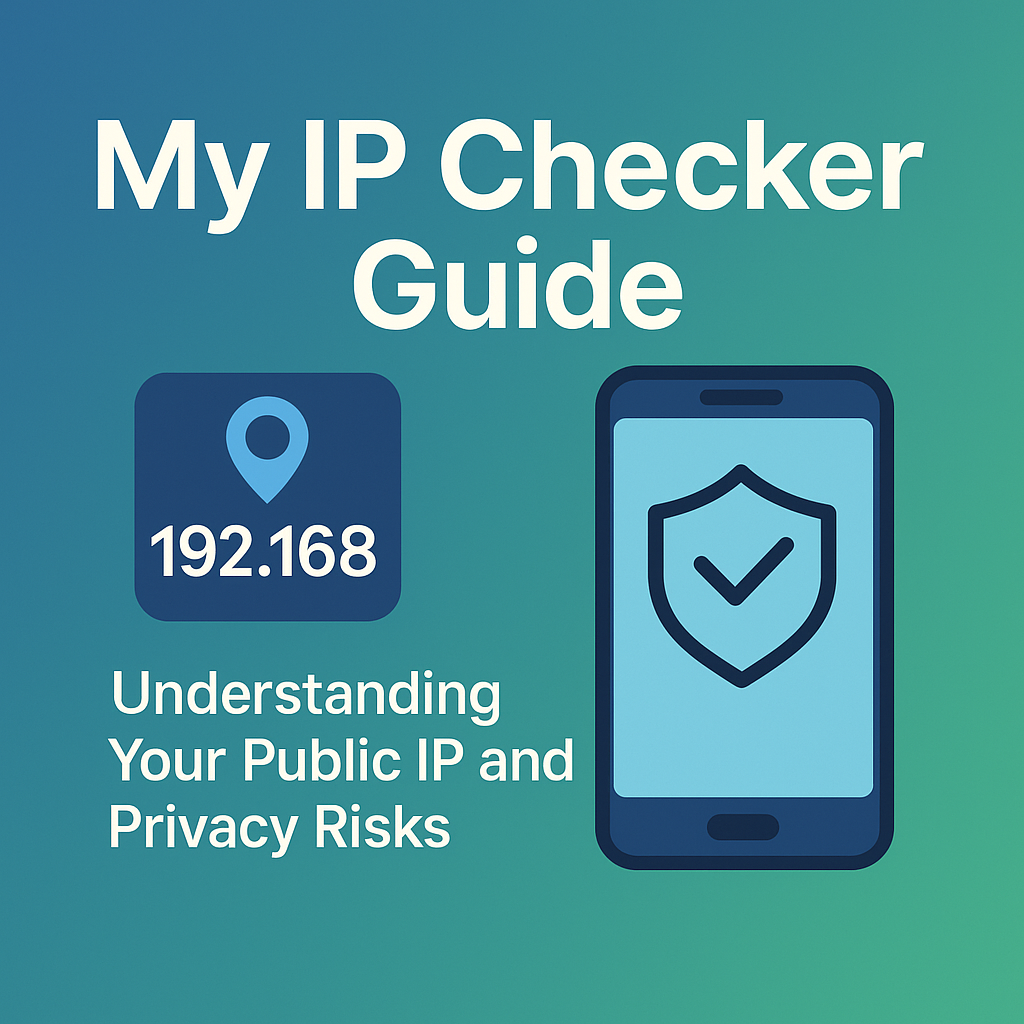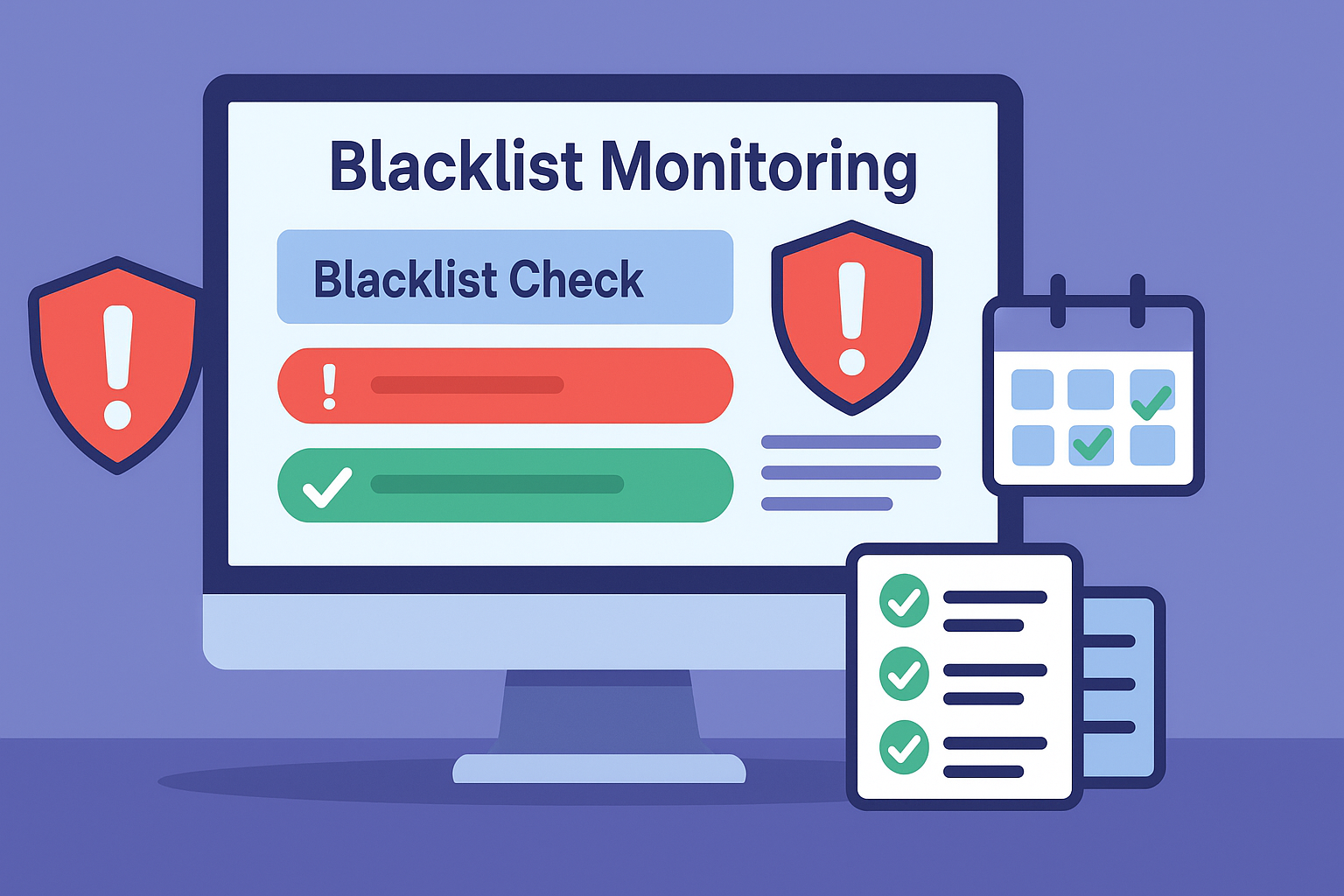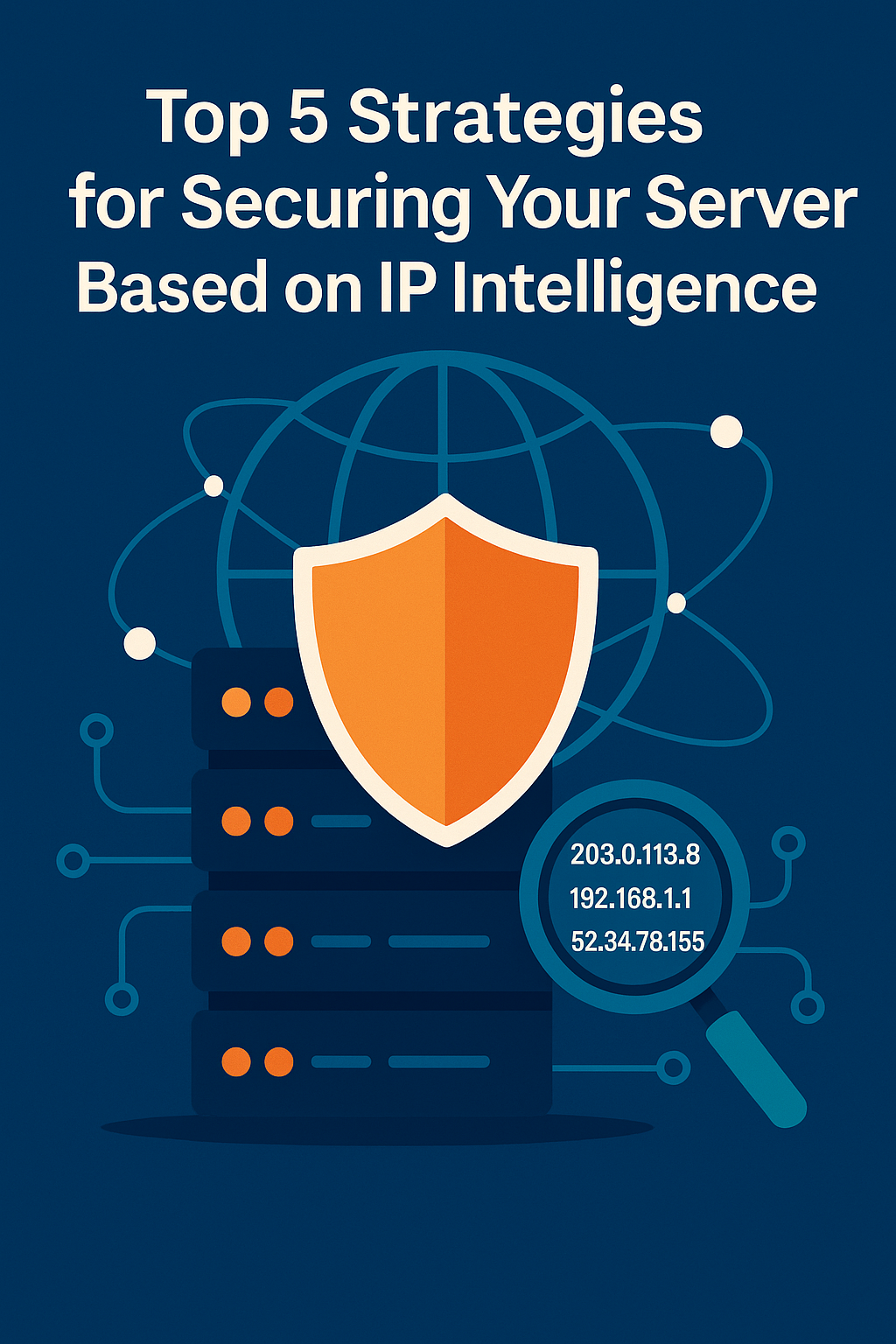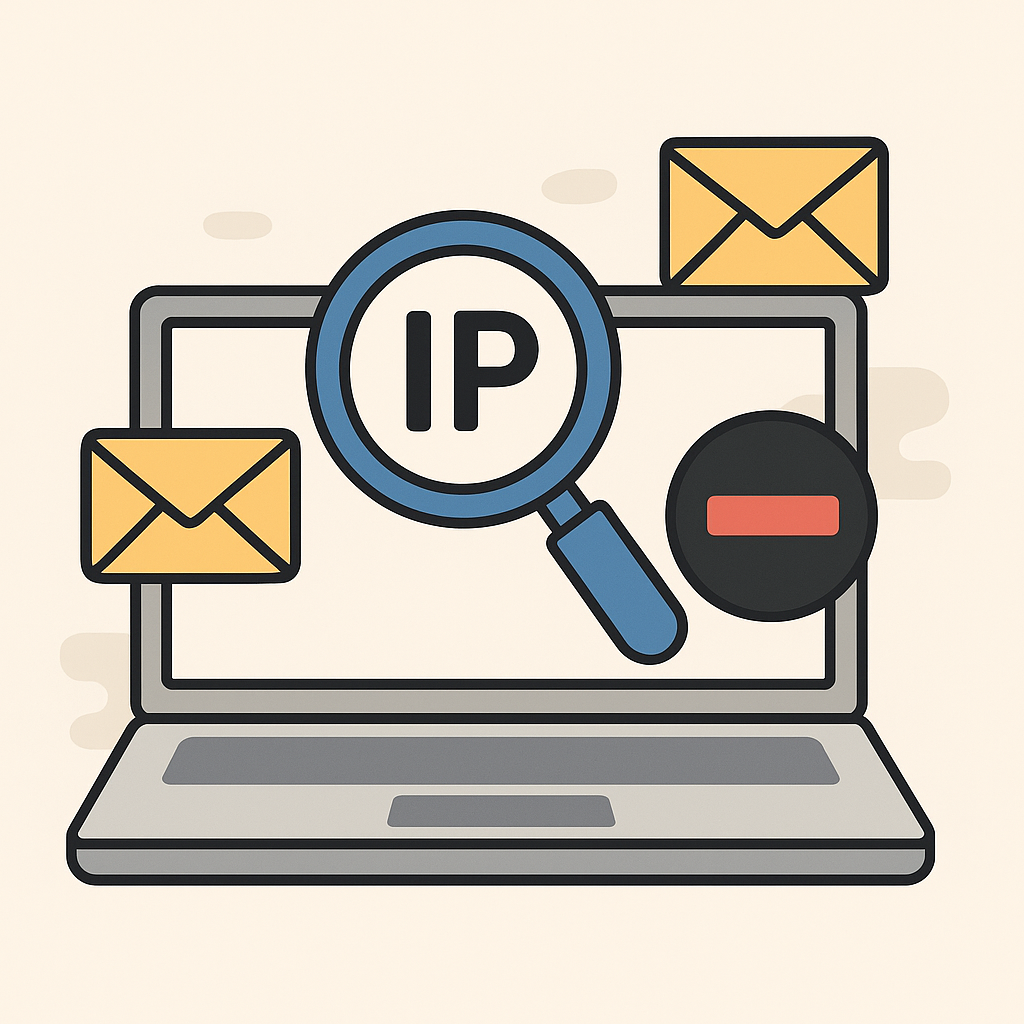Ever wondered what your public IP really says about you? It’s more than a set of numbers—it’s a gateway that reveals geolocation, ISP details, and sometimes more than you’d like. Whether you’re a casual browser, a small-business owner, or a network admin, knowing your public IP and its privacy implications is crucial. In this guide, we’ll cover everything from the basics of public vs. private IP, how to use FastDNSCheck.com’s My IP Checker, in-depth privacy considerations, real-world scenarios, and best practices for staying safe online. And yes, expect a couple of handwritten-style typos (“recieve” for receive, “adress” for address) to keep it feeling like a genuine, human-written piece. Let’s dive in!
1. What Is a Public IP Address?
A public IP address is the address assigned to your network device (often your router or modem) that’s reachable over the internet. Think of it as your home’s mailing adress: it’s where all incoming traffic is delivered. Public IPs are unique across the global internet and managed by Internet Service Providers (ISPs).
Key Characteristics
- Uniqueness: No two devices on the public internet share the same IP.
- Global Routability: Routers across the internet know how to deliver packets to your public IP.
- ISP Assignment: Your ISP typically assigns you a public IP, which can be either static (unchanging) or dynamic (changes periodically).
Quick typo: You might see “recieve” replies from some services if they’ve got a quirky locale setting — totally normal!
2. Difference Between Public and Private IP
While public IPs connect you globally, private IP addresses are used within local networks (like your home or office). These addresses—like 192.168.x.x, 10.x.x.x, and 172.16.x.x—aren’t routable on the internet. Instead, your router uses Network Address Translation (NAT) to map your private IPs to the public IP for outbound connections.
| Aspect | Public IP | Private IP |
|---|---|---|
| Scope | Global (Internet-wide) | Local network only |
| Routability | Internet-routable | Not routable on Internet |
| Examples | 203.0.113.45, 2001:db8::1 | 192.168.1.10, 10.0.0.5 |
| Assigned By | ISP | Network admin or DHCP within LAN |
| Number of Addresses | ~4.3 billion IPv4; vast IPv6 space | Millions per private range |
Understanding this distinction is crucial: you want to protect your public IP, while private IP management usually stays within your network’s firewall.
3. How to Check Your Public IP with My IP Checker
Let’s walk through using FastDNSCheck.com’s My IP Checker tool to see your public IP and associated details in seconds.
Steps
- Navigate to FastDNSCheck.com
- Click “My IP Checker” in the main menu.
- View Results: You’ll see your IPv4 and IPv6 addresses, geolocation, ISP, and a timestamp.
Example output:
IPv4 Address: 203.0.113.45
IPv6 Address: 2001:db8:85a3::8a2e:370:7334
Location: Ankara, Turkey (39.9334° N, 32.8597° E)
ISP: Turk Telekom TÜrkiye ISP AS12345
Timestamp: 2025-06-09 21:45 UTC+3
Sidebar: If you’re behind a VPN, the tool will show the VPN’s exit node IP instead of your true public IP—handy for testing.
4. What Information Can Be Revealed by Your Public IP?
Your public IP can leak several pieces of info:
- Geolocation
- Country, region, city – typically accurate to the city level for most ISPs.
- ISP and ASN
- The organization that owns the IP block.
- Reverse DNS (PTR Record)
- A hostname associated with the IP (
server-203-0-113-45.isp.local).
- A hostname associated with the IP (
- Network Type
- Residential broadband, corporate network, mobile carrier, or cloud provider.
Geolocation Accuracy
- Country-Level: ~99.9% accurate.
- City-Level: ~70-90% accurate (databases update at varied rates).
- Coordinates: Approximate; sometimes default to ISP HQ.
5. Privacy Risks Associated with Public IPs
Exposing your public IP comes with privacy and security considerations:
5.1 Tracking and Profiling
Ad networks, analytics providers, and some websites can log your public IP on every visit, building browsing profiles.
- Cross-site Tracking: If multiple sites record your IP, they can correlate your activity across domains.
- Longitudinal Analysis: Static IPs let trackers know when you return week after week.
5.2 Geolocation-Based Restrictions
- Region-Locked Content: Streaming services restrict based on IP geolocation—your true location might become obvious.
- Geo-Targeted Ads: Ads tailored to your city or region, sometimes obtrusive.
5.3 Attack Surface Exposure
Your public IP can be scanned for open ports or vulnerabilities:
- Port Scans: Attackers can discover services (HTTP, FTP, SSH) running on your IP and attempt exploits.
- DDoS Attacks: Anyone can target your IP with flood traffic, overwhelming your connection.
- Brute-Force Attacks: Services like SSH exposed can lead to password-guessing attempts.
5.4 Liability and Abuse Reports
If someone shares a public IP’s logs to report abuse (spam, hacking), your account or IP block might be flagged, affecting your email deliverability or ISP relationship.
6. Real-World Scenarios
Let’s explore a few examples where knowing and protecting your public IP is vital:
Scenario 1: Home Office Security
Background: You run a home office server for remote work.
Risks:
- Attackers scanning for exposed RDP or SSH ports.
- ISP disabling service after DDoS hits.
Actions: - Use the My IP Checker daily to confirm expected IP assignment.
- Configure firewall to allow only specific source IPs.
- Apply dynamic DNS if IP changes often, to keep remote access credentials up to date.
Scenario 2: Geo-blocking and VPN Testing
Background: You travel and need to access region-locked corporate systems.
Risks:
- Corporate VPN expects traffic from office IP.
- Personal geolocation ads follow you around.
Actions: - Check your public IP via My IP Checker before and after connecting VPN.
- Validate route and geolocation to ensure it appears as corporate network.
- Switch VPN exit nodes if needed to match corporate location.
Scenario 3: Content Creator Analytics
Background: You run a popular YouTube and blog, and want to see if analytics correctly exclude your own visits.
Risks:
- Distorted view counts and visitor analytics because your IP is counted.
Actions: - Note your public IP.
- Add it to Google Analytics filters and server logs to exclude your own traffic.
7. Best Practices for Protecting Your Privacy
7.1 Use VPNs and Proxies
- VPN Services: Encrypt traffic and mask your true IP.
- Rotating Proxies: Automatically switch exit IPs at intervals.
- Limitations: Some services block known VPN IPs; choose reputable providers.
7.2 Employ Tor for Anonymity
- The Onion Router: Routes traffic through volunteer nodes.
- Trade-offs: Slower speeds, but stronger anonymity for sensitive browsing.
7.3 Harden Your Network
- Change Default Ports: Avoid common ports (22, 3389) for admin services.
- Enable Firewall & IDS: Use router-level firewall and intrusion detection (e.g., Snort).
- Regular Patching: Keep firmware and software updated to mitigate vulnerabilities.
7.4 Use Dynamic DNS Carefully
If your public IP changes:
- Dynamic DNS (DDNS): Tools like Dyn, No-IP map a hostname to your current IP.
- Secure: Protect DDNS accounts with strong, unique passwords and 2FA.
8. Advanced Considerations: IPv6 and Beyond
8.1 IPv6 Privacy Extensions
Unlike IPv4, IPv6 often assigns stable addresses, which can persistently identify your device.
- Use Privacy Extensions (RFC 4941) to randomize interface identifiers.
- Check IPv6 public IP via My IP Checker to ensure extensions are active.
8.2 NAT64 and Carrier-Grade NAT (CGNAT)
Some mobile carriers use CGNAT: multiple users share a single public IPv4, limiting individual uniqueness but complicating port-based access.
- Detection: My IP Checker may list a carrier IP that’s shared—expect less control.
- Workarounds: IPv6 connectivity or request a static IPv4 from the carrier (often at extra cost).
9. Tools and APIs for Automation
For admins and developers, automating IP checks and integrating data can save time:
9.1 FastDNSCheck API
- Endpoint:
GET /api/my-ip - Response: JSON with IP, geolocation, ISP, ASN.
Example (Python):
import requests
resp = requests.get("https://fastdnscheck.com/api/my-ip")
data = resp.json()
print(f"My IPv4: {data['ipv4']}, located in {data['location']['city']}")
9.2 Shell Scripting
Use curl:
curl https://fastdnscheck.com/api/my-ip | jq '.'
9.3 Integrating with Monitoring Systems
- Nagios/Zabbix: Run periodic checks and raise alerts if IP changes unexpectedly.
- CI/CD Pipelines: Validate environment IP before deploying to IP-restricted services.
10. Common Pitfalls and FAQs
Q1: Why does My IP Checker show a VPN IP instead of my ISP IP?
A: You’re connected to a VPN—disconnect or choose a different server to see your true IP.
Q2: My public IP changed unexpectedly—what now?
A: If dynamic: check DHCP lease time on your router. If static: contact ISP. Use DDNS to update hosts.
Q3: Can sites see my private IP?
A: No, private IPs are hidden behind NAT—only your public IP is visible to external servers.
Q4: How often should I check my IP?
A: If running servers or services: daily or when troubleshooting. For general privacy: whenever you suspect change.
Q5: My IP appears to be in another country—why?
A: Geolocation databases sometimes default to ISP headquarters. Check multiple IP databases or use a VPN.
11. Conclusion
Your public IP is much more than a number—it’s a digital fingerprint that reveals your approximate location, ISP, and can even expose you to security and privacy risks. By using FastDNSCheck.com’s My IP Checker, you can stay informed about your current IP, spot unexpected changes, and understand the broader implications for privacy and security. Combine this with best practices—VPNs, IPV6 privacy extensions, hardened network configurations—and you’ll keep unwanted tracking and attacks at bay.
Go ahead, check your IP right now, and take control of your digital adress and privacy! If you have any questions or spot a typo (🙂), drop a comment or email us at [email protected]. Stay safe online!



